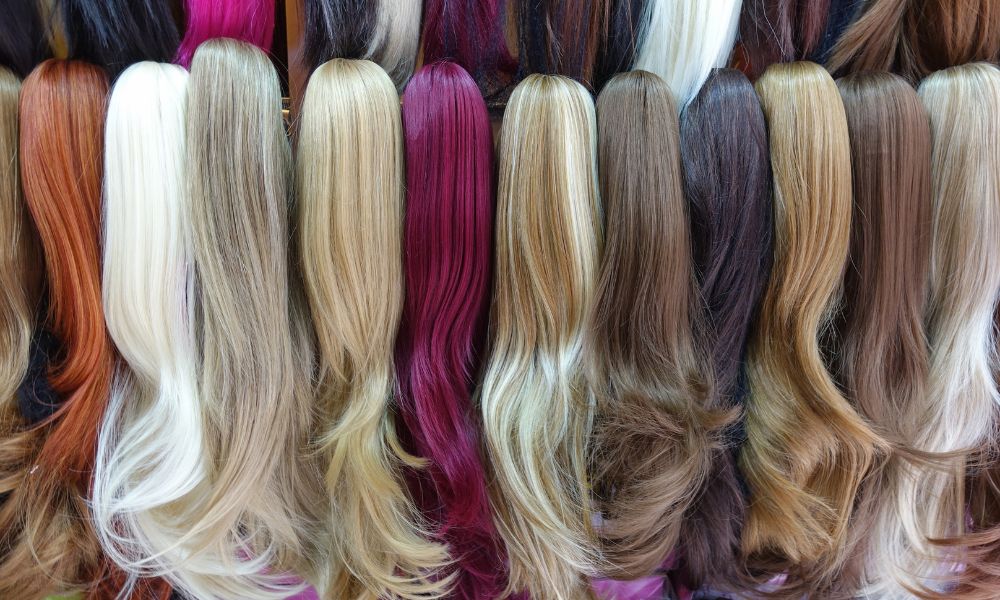
Fashion Doll Poupee Mode: A Journey Through Style and Creativity
Fashion Doll Poupee Mode: A Journey Through Style and Creativity
In the world of toys and collectibles, fashion dolls have always held a special place. Beyond their allure as children’s playthings, fashion dolls embody an art form that showcases style, trends, and creativity. From classic Barbie dolls to high-fashion poupees de mode, these miniaturized models of elegance capture the imagination of collectors and fashion enthusiasts alike.
The Origins of Fashion Dolls
Fashion dolls, or poupees de mode, originated long before the days of popular commercial brands. The term “poupee de mode” has historical roots in Europe, particularly in France. The very first fashion dolls can be traced back to the 16th century, when miniature figures wearing the latest Parisian styles were sent across Europe. These dolls served as both a method of showcasing current fashions and a medium for designers to reach potential clients.
Why Are They Called Poupee Mode?
The word “poupee” means “doll” in French, while “mode” translates to “fashion.” Together, “poupee mode” essentially means a fashion doll. These dolls were more than playthings; they were objects of beauty and collectors’ items. Their purpose was clear: to model fashionable clothes in miniature form, demonstrating what high society might wear in a given season.
Evolution of Fashion Dolls Over the Years
The concept of fashion dolls has evolved considerably. In the past, these dolls were made by hand, often with high-quality materials, and styled with clothes crafted by well-known dressmakers. Over the years, fashion dolls adapted to cultural shifts, becoming reflections of both social change and innovative fashion.
1. The 18th and 19th Centuries: Dress and Detail
During the 18th and 19th centuries, poupee mode dolls became even more detailed and elaborate. Often made with porcelain or wax faces, their clothing and accessories mirrored the intricate styles of the time, with layers, corsets, hats, and even tiny shoes. Many wealthy women collected these dolls as a testament to their interest in fashion and their social status.
2. The 20th Century: The Rise of Mass Production
With the advent of modern manufacturing, fashion dolls became more affordable and accessible. Famous brands like Mattel’s Barbie emerged, popularizing the fashion doll concept on a global scale. Barbie was more than just a doll; she was a cultural icon, reflecting trends, professions, and societal changes over decades.
3. The 21st Century: Diversity and Inclusivity
In recent years, the world of fashion dolls has expanded to include more diversity in body types, skin colors, and styles. Dolls now embrace various cultures, different aesthetic values, and unique character traits. Collectors and enthusiasts continue to value both vintage dolls and modern creations, celebrating the vast array of styles and expressions.
Modern Poupee Mode: Fashion Dolls as Art
Today, fashion doll poupee mode has transitioned from simple toys to collectible works of art. High-end dolls are carefully designed, with intricate clothing and lifelike features that often reflect the couture world’s latest trends. Fashion designers sometimes collaborate with doll brands, creating exclusive editions that mimic haute couture.
Why Do People Collect Fashion Dolls?
Collectors of fashion dolls are drawn by various factors:
- Historical Appreciation: Some collectors appreciate dolls from specific eras, particularly those from the 18th and 19th centuries, for their historical value and craftsmanship.
- Fashion Enthusiasm: Fashion lovers collect dolls as miniature fashion mannequins, allowing them to admire styles that may be too expensive or impractical in real life.
- Artistic Expression: For many, collecting fashion dolls is an artistic pursuit, combining interest in textiles, design, and character styling.
- Investment Potential: Limited-edition dolls often increase in value over time, particularly those crafted by well-known designers or associated with specific cultural movements.
Iconic Fashion Dolls and Poupees Mode
There are several iconic fashion dolls that have left a mark on the industry, ranging from classic models to modern innovations. Here are some favorites:
- Barbie: The quintessential fashion doll, Barbie has been a part of pop culture since 1959. With thousands of outfits, accessories, and professions, Barbie embodies the ever-evolving idea of femininity.
- Gene Marshall: Created by Mel Odom, this doll embodies the glamorous Hollywood starlet of the 1940s and 1950s, offering vintage enthusiasts a doll with a timeless appeal.
- Tonner Dolls: Known for their craftsmanship and high-quality materials, Tonner dolls are highly collectible and often feature detailed costumes from various eras.
- Fashion Royalty: This line of dolls by Integrity Toys showcases high-fashion designs and contemporary styles, appealing to fashion-forward collectors.
Fashion Dolls in Contemporary Culture
The appeal of fashion dolls has transcended age and culture. Fashion designers, artists, and enthusiasts all find unique ways to engage with these miniatures. In recent years, social media has played a huge role in creating a global community for doll collectors. Platforms like Instagram and Pinterest feature accounts dedicated to fashion doll photography, styling, and even doll customization tutorials.
Customization and Creativity: Breathing Life Into Poupee Mode
One of the fascinating aspects of the modern poupee mode culture is the customization of dolls. From repaints and re-rooting (changing the doll’s hair) to creating custom outfits and accessories, the customization community allows collectors to turn each doll into a unique work of art.
Many artists specialize in making custom dolls with a particular aesthetic, whether it’s a gothic theme, retro vibe, or avant-garde style. Doll customization has also gained traction through YouTube tutorials and online shops, where enthusiasts can purchase tools and materials for their projects.
How Fashion Dolls Inspire Real-World Fashion
Interestingly, fashion dolls have influenced real-world fashion trends. Designer collaborations with doll brands often result in miniature versions of couture outfits. In 2019, for example, fashion designer Christian Siriano created a line of dolls dressed in his designs, which mirrored his runway shows. Similarly, several haute couture brands have partnered with Barbie to create high-fashion lines that bring luxury style to miniature form.
Fashion Shows and Exhibitions
Fashion dolls have even been featured in galleries and museums worldwide. Exhibitions showcase the beauty and artistry behind doll design, and often include limited-edition pieces from private collections. These shows offer a unique look at how fashion doll poupee mode has evolved as both a reflection of fashion history and an art form in its own right.
Why Fashion Doll Poupee Mode Remains Relevant
The enduring appeal of fashion doll poupee mode lies in its ability to adapt, evolve, and reflect the times. As cultural icons, these dolls offer a window into the values, aesthetics, and even political shifts of each era. Today’s collectors celebrate this rich history while pushing the boundaries of what dolls can represent.
Fashion dolls continue to inspire people around the world through:
- Creative Expression: Doll customization and styling allow collectors to create personal, one-of-a-kind pieces that reflect their style.
- Fashion Exploration: Dolls offer a unique platform for trying out bold designs, mixing and matching styles, and appreciating fashion history.
- Community and Connection: Online communities bring together enthusiasts who share a love for poupee mode, fostering friendships and collaboration across borders.
- Nostalgia: Collecting fashion dolls can be a nostalgic experience, allowing people to reconnect with their childhood or family traditions.
The Future of Fashion Doll Poupee Mode
As trends shift toward inclusivity, personalization, and artistic representation, fashion dolls will likely continue to grow in both diversity and significance. Collectors and artists alike are finding new ways to explore the potential of poupee mode, pushing the boundaries of creativity, style, and design.
In this digital age, where trends are constantly evolving, fashion dolls remind us of the timeless allure of fashion and the art of self-expression. Whether they serve as cultural icons, art pieces, or personal companions, fashion doll poupee mode will continue to captivate imaginations and inspire creativity for generations to come.
More: Getting Under The Skin: An In-Depth Look At Dermatology



